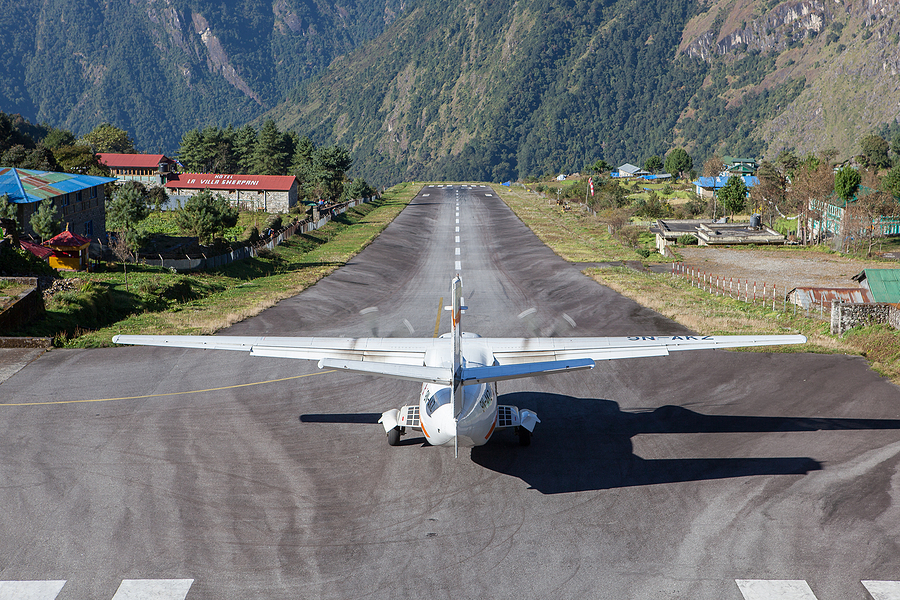What’s a Pilot to do with a New Medical Concern | Aviation is an inherently dangerous business. Some may take umbrage with that statement citing the oft-mentioned axiom that commercial flying is the safest form of transportation.
Let’s break it down from bottom to top.
People generally understand that motorcycles are more dangerous to ride than automobiles are to drive. To put it in perspective, motorcycles are about 29 times more dangerous[1] when it comes to fatalities. Motorcycles are inherently more dangerous because the rider is exposed to the world and is rarely seen. No amount of personal protective equipment can make up for the modern exoskeleton with engineered crumple zones provided by a car, SUV, or truck.
What do motorcycles have to do with flying? The issue here is that people correlate that oft-cited axiom above with ALL forms of aviation. However, not everyone is a passenger riding in the back of a Part 121 carrier. General aviation accident rates are dramatically higher than commercial aviation. And even in commercial aviation, there are differences between Part 135 and 121.
It takes some conversion between hours and miles, but general aviation accident rates are essentially on par with riding motorcycles[2]. In fact, as of 2020, the general aviation fatal accident rate was 1.049 per 100,000 flight hours[3], which is a slight decrease from 2019. When you look at causes, 49.2% of all fixed-wing general aviation fatal accidents were attributed to the pilot[4].
“But Doc, I thought this was supposed to be about new medical conditions?”
The most recent data we could find showed that between 2013 and 2017 “59% of fatally injured pilots tested positive for at least one potentially impairing drug[5],” be it over the counter, prescription, or illicit. Admittedly, it is difficult to find specific data on accident rates attributed directly to medical causes.
The pilot has control over a lot of things and the single most critical thing they have control over is if they even go fly. FAR 63.53 is pretty explicit and states that you cannot fly if you have a medical condition that would cause you to either fail a medical examination or prevent you from safely operating an aircraft.

“But Doc, I feel totally fine … now.”
This isn’t a discussion of strep throat or a minor skin infection, though if you are taking medication you do need to make sure it is safe to take while flying, which you can do here. This is about new onset medical issues of a serious nature. You may not know for sure what the specifics are, but you probably do know that you need to get checked out.
The Part 121 operations are the ones that truly are the safest form of transportation. In fact, their fatal accident rate is 0.006 per 100,000 hours of flight[6], or about 175 times safer than general aviation. This is because of the rules and system. There are so many regulations and built-in redundancies to include increased medical exam frequency, dual pilot operations, etc. to prevent the decision of one pilot from having a catastrophic result.
So what do you do if you have a new chronic medical condition? You should ground yourself, just as you would for a major head cold, but you should also seek advice about how this will affect your flight status; we happen to know some doctors who specialize in this area. You’ll likely keep flying, you just might need some help along the way.
Aviation is an inherently dangerous business. It is up to all of us to prevent it from being so.
ABOUT WINGMAN MED
We are designated FAA aviation medical examiners, residency trained in Aerospace Medicine and graduates of the Naval School of Aviation Safety. After years of helping friends and colleagues keep their medical certificates and stay in the air, we founded Wingman Med so we can do the same thing for you. As pilots, we understand the imperative of maintaining your FAA medical certificate and the urgency of getting it back when you lose it. As doctors, we specialize in getting it done.
Follow us on
Facebook.com/wingmanmed/





